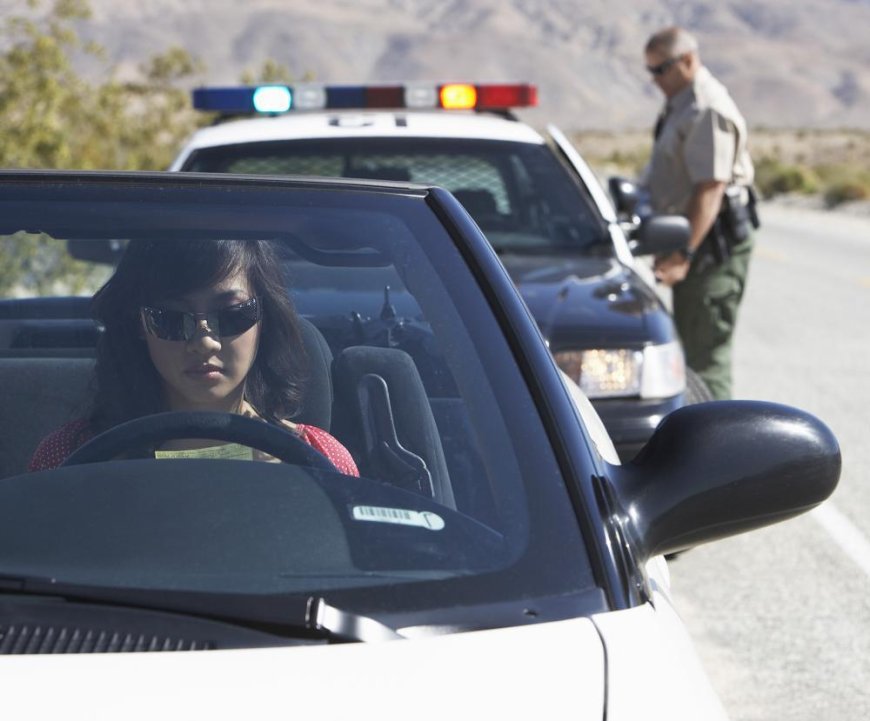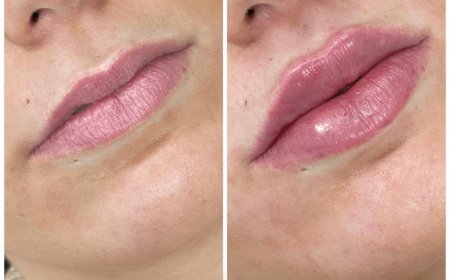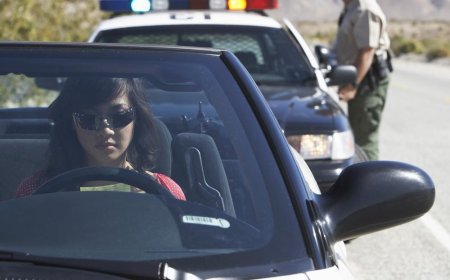What Out-of-State Drivers Should Know About Utah Auto Insurance
Visiting Utah? Learn how the state’s no-fault laws and insurance requirements apply to out-of-state drivers, including what coverage you need and accident procedures.

Driving through Utah offers breathtaking views, from red rock canyons to snow-capped mountains. But if youre visiting or temporarily staying in the state, its important to understand how Utahs auto insurance laws work. Knowing your responsibilities ahead of time can save you from fines, legal trouble, or unexpected out-of-pocket costs in the event of an accident.
Whether youre moving to Utah, on an extended trip, or just passing through, heres what you need to know.
Understanding Utahs Unique Insurance Laws
Utah is one of the few states that operates under a no-fault auto insurance system. This means that if youre in an accident, your own insurance generally covers your medical expenses regardless of who caused the crash.
However, if youre a visitor, your current policy may have different terms. Thats why its crucial to review your coverage and ensure it meets Utah insurance requirements for visitors before you drive in the state.
Minimum insurance requirements for Utah drivers include:
-
$25,000 for bodily injury per person
-
$65,000 for bodily injury per accident
-
$15,000 for property damage
-
$3,000 in Personal Injury Protection (PIP)
While out-of-state policies are typically recognized, you must still have coverage that satisfies Utahs minimum requirements.
Do Visitors Need Temporary Utah Insurance?

In most cases, your home-state policy will cover you while driving in Utah. However, if youre planning an extended stay, renting a car, or bringing a vehicle for seasonal use, you may want to consider:
-
Supplemental rental car coverage if your policy doesnt fully protect rental vehicles.
-
Temporary non-owner insurance if you dont have a car but plan to drive someone elses.
-
Additional liability protection if your current policy has lower limits than Utahs requirements.
Long-term visitors or those moving to Utah may also need to register their vehicle in the state and obtain a Utah-compliant insurance policy.
How Accidents Are Handled for Visitors
If youre in an accident while visiting Utah:
-
Call the police and file a reportthis is required for most accidents.
-
Contact your insurer immediately to report the incident.
-
Check for PIP coverageyour policy may cover medical expenses regardless of fault, but verify whats included.
-
Be aware of Utahs fault thresholdsif injuries exceed a certain level, the at-fault driver can still be sued despite no-fault rules.
Tips for Driving Safely in Utah
Utahs geography and weather can surprise out-of-state drivers. To avoid issues:
-
Be prepared for sudden weather changes, especially in mountainous areas.
-
Watch for wildlife crossings in rural areas.
-
Follow local speed limits carefully; Utah has strict traffic enforcement.
Final Thoughts
Driving in Utah as an out-of-state visitor doesnt have to be complicated. As long as your current policy meets Utahs requirements and you understand the basics of no-fault insurance, youll be legally covered.
However, if youre planning an extended stay or moving to the state, its wise to speak with an insurance agent who understands Utahs laws to ensure you have the right protection.






























